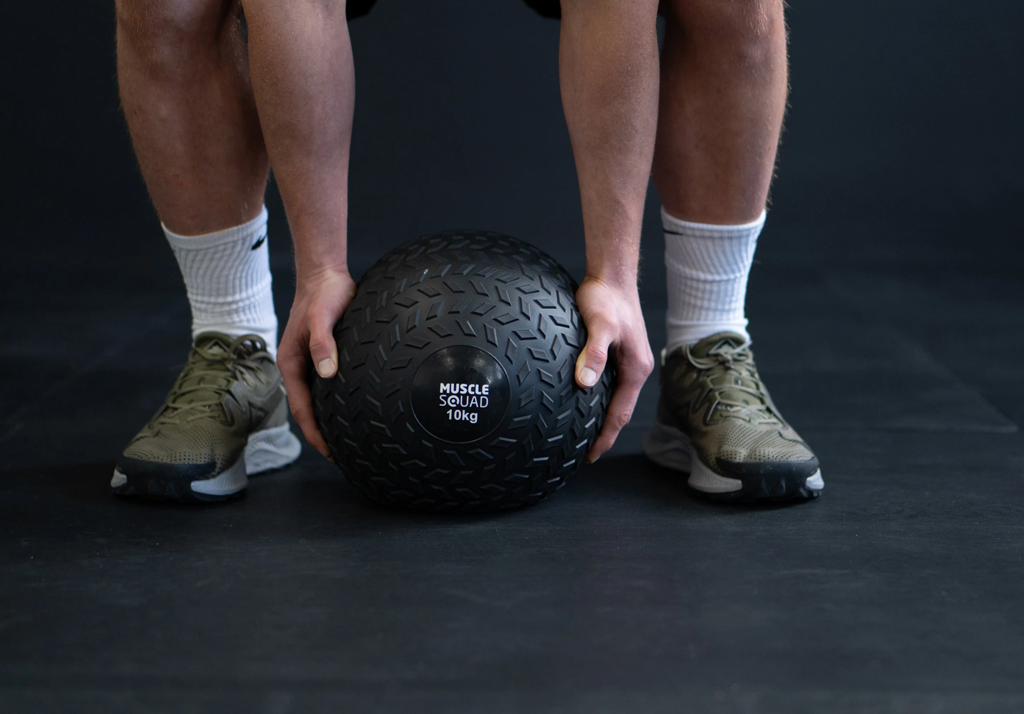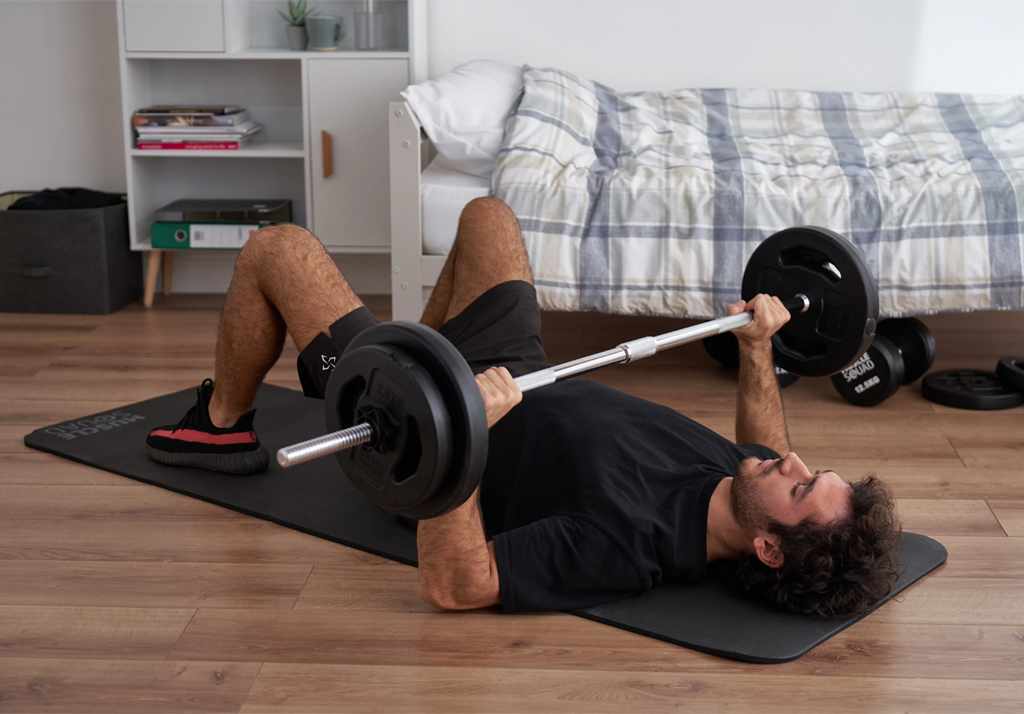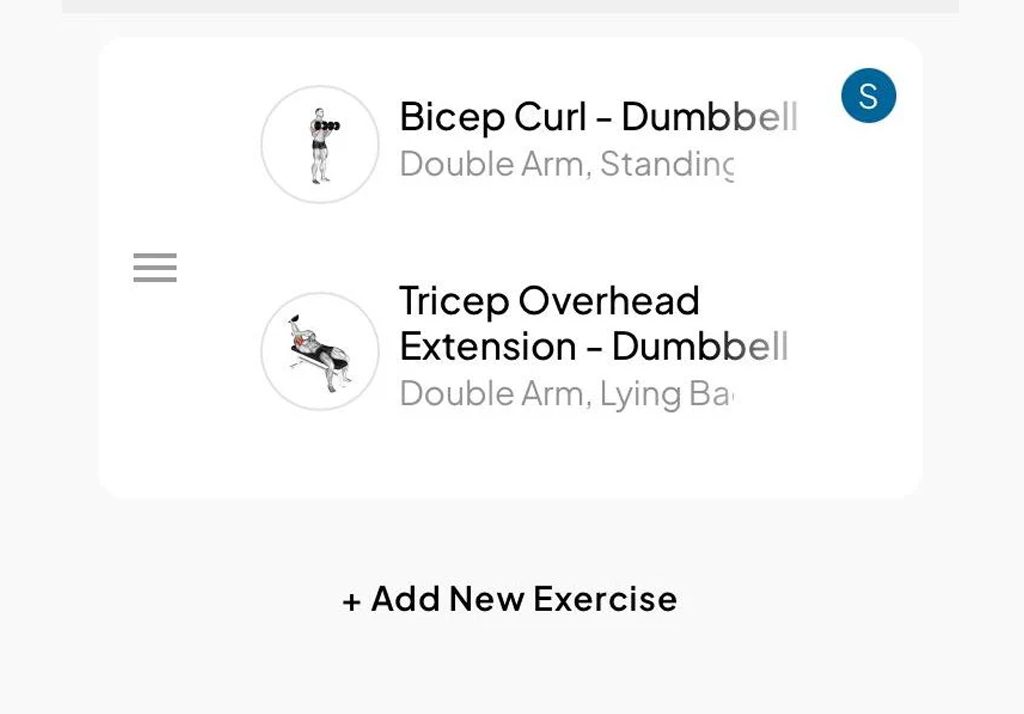You might not know what DOMS stands for, but you’ve probably felt it. DOMS is Delayed Onset Muscle Soreness, the painful ache or stiff tightness you feel in your muscles a day or two after a workout.
Nobody enjoys having DOMS. It’s uncomfortable, inconvenient and in extreme cases, can even make you have to skip training sessions.
Is there any point to DOMS? Do any exercises or pieces of gym equipment make it worse? Are there ways to avoid getting DOMS? Let’s delve into the science of DOMS to find out what you can do about it.
Why does DOMS happen?
When we exercise, we cause micro-damage to our soft tissue. This might sound alarming, but it’s nothing to worry about. In fact, this micro-damage is the stimulus our bodies need to grow, build and transform.
But sometimes, this micro-damage is a bit too much for our bodies to recover from quickly. That’s when the pain of DOMS sets in.
DOMS usually happens after eccentric (lowering) muscle action from an exercise you’re not used to or a familiar exercise at a new intensity. It could happen from just a few reps of a heavy squat or from 100 press-ups — the difference is the new level of stimulus.
Can you avoid DOMS?
The only guaranteed way to avoid DOMS is to never do anything new or different in the gym. But this is counterproductive, because it’s those new and different things that encourage the body to change. Unfortunately, you have two choices: get stronger and fitter (but occasionally have DOMS), or never have DOMS but don't improve. Luckily, there are a few ways to minimise the impact of DOMS so you can train hard and side-step the worst of the soreness!
Do only beginners get DOMS?
No, everyone can get DOMS. But it’s more common for a beginner to experience DOMS because they are more likely to do a new or more intense exercise. Experienced gym goers will have to push the intensity (or load the bar) more to feel the effects of DOMS. It definitely still happens, though. Anyone who is serious about making progress in the gym is at risk of DOMS!
6 ways to recover from DOMS
Dial back a training variable
DOMS is a sign that you’ve pushed one or more training variable beyond your normal limits. This could be load (weight on the bar) but it could also be volume or tempo. If you repeatedly suffer from DOMS, look at your training programme to make sure you only increase one variable at a time.
Pay attention to nutrition
Are you eating properly before and after training? Do you stay hydrated throughout the day? DOMS can be eased by having a proper pre and post-training snack and drinking plenty of water all day, every day.
Get a massage
A sports massage can help your body recover from DOMS, but make sure the therapist keeps it light! You don’t want to add any further damage to those hard-working muscles. Massages stretch out tight muscles and may encourage your lymphatic system to remove inflammation.
Foam roll
Get yourself a foam roller to keep at home (they’re pretty cheap). It’s not as good as a massage but a lot better than nothing. Foam rolling is a good way to ease DOMS in large muscle groups like the quads, hamstrings, calves, glutes and back.
Stay active
You might feel like lying on the sofa scrolling on your phone, but a better way to combat DOMS is some light movement. A gentle walk or even a short session on a piece of cardio equipment can speed up recovery. Focus on getting the blood moving, then have a stretch.
Hot and cold
Scientists have researched the effects of alternating hot and cold water for DOMS recovery. If your DOMS is really bad, avoid heat as this causes further inflammation. If you’re suffering mild DOMS, try a warm bath (with added Epsom salts).
Don’t let DOMS keep you away from training. Remember, one of the best ways to build up a resistance to DOMS is to train more and get stronger.

 Feb 04, 2022 - Lewis Kite
Feb 04, 2022 - Lewis Kite


Leave a comment: